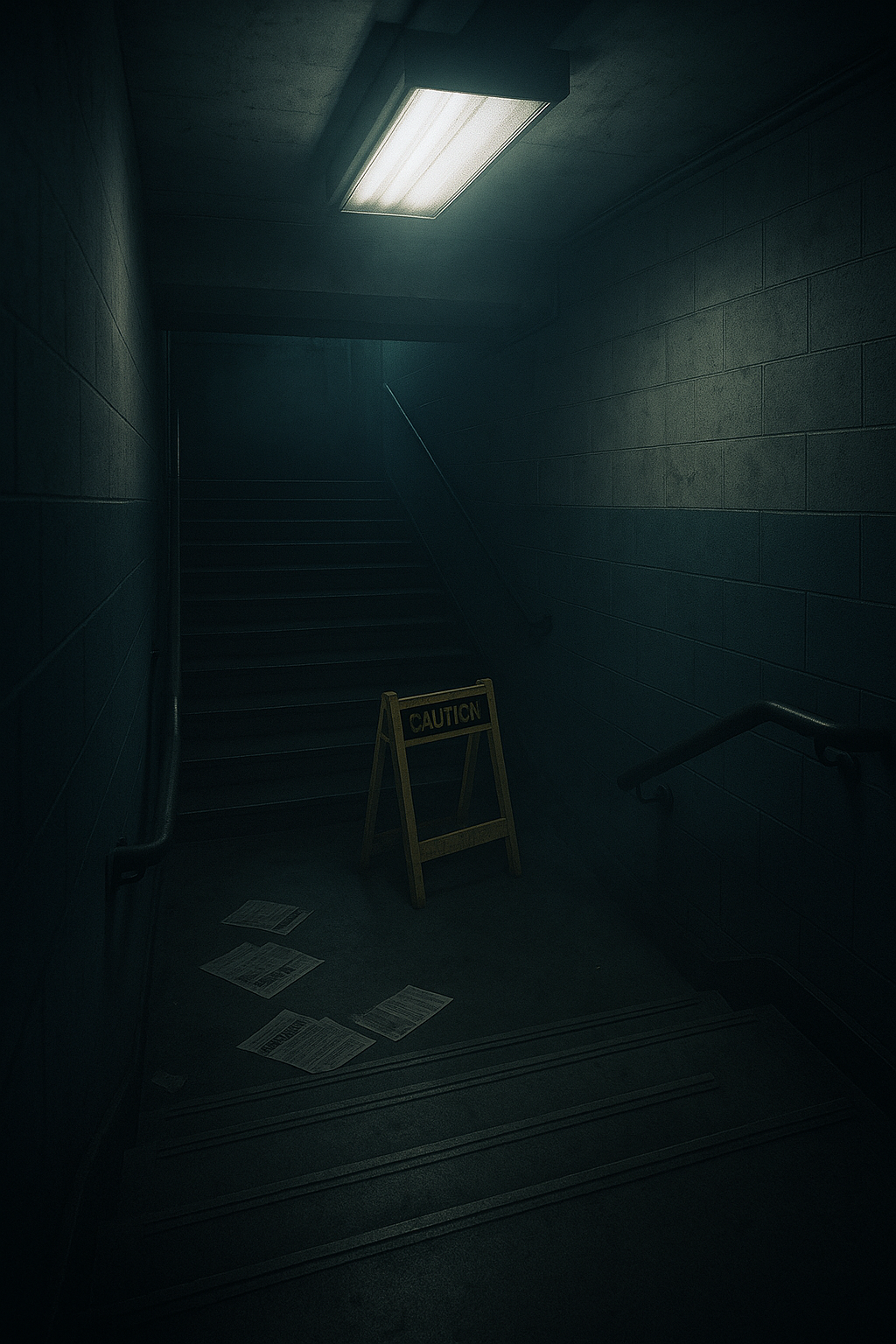True stories so strange, they’re hard to believe.
From freak coincidences to one-in-a-million events, these tales sound like fiction—but every one of them really happened.
On December 28, 1991, a charity basketball game at the City College of New York turned into a deadly crowd disaster when overcrowding and poor safety planning led to a massive stampede. Nine people were killed and dozens injured inside a narrow stairwell, marking one of the worst event tragedies in New York City history
In 1814, a massive vat at Meux Brewery in London exploded, sending 1.4 million liters of beer rushing through the streets. What began as a freak accident turned into one of the strangest and deadliest floods in history.
In 18th-century France, there lived a man whose hunger knew no limits. He could eat stones, live eels, and even cats whole—and still be starving. His name was Tarrare, and his story is one of the strangest and most unsettling tales in medical history.
For more than thirty years, an unknown man was locked away in France’s most secure prisons, his face hidden behind an iron mask. No one knew his name, his crime, or why the king wanted him erased from history. He lived and died in silence, taking with him one of the greatest secrets of all time — the truth of who he really was.
For centuries, sailors and pilots have feared a mysterious stretch of ocean between Florida, Bermuda, and Puerto Rico — a place where ships vanish and planes drop from the sky without a trace. Known as The Bermuda Triangle, this region has been blamed for magnetic anomalies, storms, and even alien abductions. But is it nature’s trick, human error, or something far stranger lurking beneath the waves?
When workers on a 1970s TV set tried to move a dusty old funhouse prop, the arm snapped off—revealing a real human bone inside. What followed was one of the strangest discoveries in American history: the body of Elmer McCurdy, an outlaw dead since 1911, who had spent 65 years traveling the country as a carnival attraction. This is the eerie true story of the man who became more famous dead than alive.
In 1932, Australia faced an enemy unlike any it had seen before—not an invading army, but a horde of giant, flightless birds. When tens of thousands of emus began destroying crops and defying farmers, the government sent in soldiers armed with machine guns to stop them. What followed was one of the strangest, most embarrassing military operations in history: The Great Emu War, a battle humanity fought… and the birds won.
On a stormy November night in 1971, a calm, well-dressed man boarded a short Northwest Airlines flight with a briefcase, a bourbon, and a secret. Minutes after takeoff, he handed a note to a flight attendant—and changed history forever. What began as an ordinary flight became one of the most daring unsolved crimes in America: a man hijacked a plane, demanded $200,000, and then parachuted into the darkness… never to be seen again. This is the unbelievable true story of D.B. Cooper, the skyjacker who vanished into legend.
In a quiet café in France, a man once sat down, ordered a bicycle tire, and began to eat it—piece by piece. His name was Michel Lotito, better known as Monsieur Mangetout, “Mr. Eat-All.” Over his lifetime, he consumed metal, glass, rubber, and even an entire Cessna airplane. How did he do it? Why did his body never fail him? This is the strange, fascinating, and completely true story of the man who redefined what the human body can endure—and proved that sometimes, truth really is stranger than fiction.
In the summer of 1518, the city of Strasbourg fell under a strange and terrifying spell. It began with one woman who couldn’t stop dancing—then, within weeks, hundreds joined her, moving wildly day and night until some collapsed and died. Doctors called it “hot blood,” priests called it a curse, and historians still can’t explain it. Was it mass hysteria, poisoned bread, or something far darker? This is the eerie true story of The Dancing Plague of 1518, when an entire city lost control of its own body.










